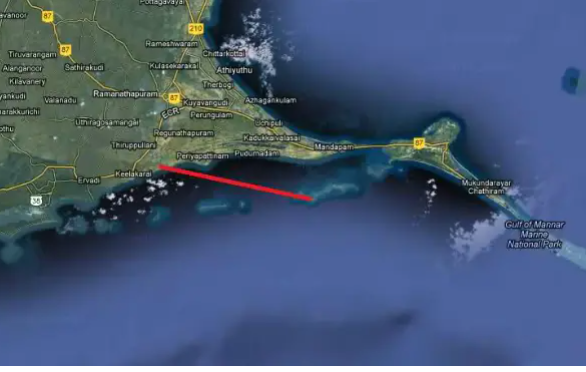Abdul Kalam Island
Abdul Kalam Island, formerly known as ‘Wheeler Island’, is an island off the coast of Odisha in the Bay of Bengal. The island was renamed in honour of the late Indian president and renowned scientist, Dr. A.P.J. Abdul Kalam, in September 2015. It is a strategically important location for India’s defence and space research programs.
Geography
Abdul Kalam Island is located approximately 150 km from Bhubaneswar, the capital city of Odisha. The island spans an area of 390 acres (1.6 km²) and is surrounded by the Bay of Bengal on three sides. It is separated from the mainland by a narrow channel called Baitarani Creek.
The topography of the island is relatively flat, with sandy beaches and scattered vegetation. The island experiences a tropical monsoon climate, with hot summers and heavy rainfall during the monsoon season.
History
The island was originally named Wheeler Island after English commandant Lieutenant Wheeler, who was involved in the suppression of the Paika Rebellion of 1804-1817 against British rule in Odisha. The island played a crucial role during World War II, serving as a base for the Royal Air Force.
After India gained independence in 1947, the island was chosen as a site for missile testing due to its strategic location and isolation from populated areas. The first missile test from the island was conducted in 1989.
In September 2015, the island was officially renamed as Abdul Kalam Island in memory of Dr. A.P.J. Abdul Kalam, who had passed away earlier that year. Dr. Kalam, a scientist turned statesman, was closely associated with India’s missile development program and had visited the island on several occasions.
Defence and Space Research
Abdul Kalam Island is home to the Integrated Test Range (ITR), a key facility of the Defence Research and Development Organisation (DRDO). The ITR is used for testing various missiles, including the Agni, Prithvi, and BrahMos missiles. The island’s location allows for testing missiles over the sea, minimizing the risk to populated areas.
The DRDO has established several state-of-the-art facilities on the island, including launch complexes, radar tracking stations, and a range control center. The island also houses a meteorological station to monitor weather conditions during missile tests.
In addition to its defence applications, Abdul Kalam Island has also been used for space research. The Indian Space Research Organisation (ISRO) has utilized the island’s facilities for testing satellite launch vehicles and conducting sounding rocket experiments.
Environmental Concerns
The use of Abdul Kalam Island for missile testing and space research has raised concerns about the potential environmental impact on the island’s ecosystem. The island is home to several species of flora and fauna, including the endangered Olive Ridley sea turtles that nest on its beaches.
To address these concerns, the DRDO and ISRO have implemented various measures to minimize the environmental impact of their activities. These include conducting environmental impact assessments, restricting testing during the nesting season of the turtles, and implementing afforestation programs to restore the island’s vegetation.
Tourism
Due to its strategic importance and restricted access, Abdul Kalam Island is not open to the general public for tourism. However, there have been proposals to develop eco-tourism on the island, with controlled access to certain areas while ensuring the protection of the island’s ecosystem and the security of the defence installations.


